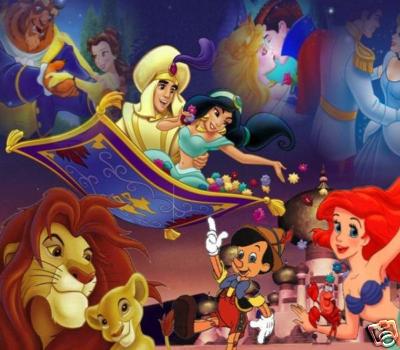As I started to watch the Tim Wise Video, read Bob Herbert article and read up more about Brown vs. Board of
Education I saw many “Delpit moments” throughout the three. We all know that the Brown v. Board of
Education, “stripped away constitutional sanctions from segregation by race and
made equal opportunity in education”(Website).
Many people still to this day believe that segregation does not in
school and in job but it does weather they believe it or not. A interest fact that I found in one of the Tim
Wise videos was that in 1962 white people would say black have equal job and
education but today they do not believe so.
Back in 1962 right around the time this act was passed there was more
segregation and in todays society there is still but not a much. People are in denial. I would like to use some Delpit culture of
power to explain how the relationships between Brown v. Board of Education and
Tim Wise and Bob Herbert arguments are and also bring in Kozol.
Delpit had pointed out in her article
that, “My kids knows how to be black…you teach him how to survive in a white
man’s world” (29). Now Tim Wise states
throughout his interview about the “black and brown norm”. It’s basically what black/brown people know
how to do well. Know Delpit also states
about the “black and brown norm” when stating this sentence. As Tim goes on and says that the typical
“black and brown norms” may be difference for some black and brown people using
the example of Obama. But there is a
stand that this black kids have to grow up in with a white society and not
everyone is the same but they can act the same.
Culture of Power
#5: Those with power are frequently least aware- or least willing to
acknowledge- it existence. Those with
less power are often most aware of its existence.
Delpit in this point is trying to
state that those who have privilege don’t know it and people without power know
it. Tim Wise states an interesting fact
that in the second video that we need to listen to people who are no the target
of the problem. I find this to be a
great similarity because if you are a black person most of you decision that
are made for you, politically, are by white people. If you are a white people (power) trying to
fix segregation, for black people lets say (not powerful) they are not going to
know how to solve the problem because they are not the center of the
problem. In this situation black people
are going to know they do not have power because they cannot make an input on
the decision.
Kozol and Poverty
Level.
In Kozol article he talks many time
about the poverty level in which he was writing his book about. At the beginning of the paper he talks about
the kids in the elementary school that is in this local neighborhood and about
how seven of 800 students do not get free lunch and that five out of those
seven get reduce lunch. Now you how to
think of what that might do to a child’s education? Well Bob Herbert states in his article that
there was a study done. “Low-income students who happened to be
enrolled in affluent elementary schools did much better than similarly
low-income students in higher-poverty schools in the county”(Herbert). This study reminded me of this in Kozols work
because poverty is such a huge part in why kids don’t get a good enough
materials and educations.
Points to Share:
I really liked this weeks blog. I learned many
thing that I thought I was not going to learn.
I can not wait for class discussion to see what happens and everyone
thoughts. I would like to hear more on Tim
Wise interviews and read his book because his points are so interesting. Also I would like to know what politics are
doing about this issue is anything.






